Is it Possible to Prevent Altitude Sickness Completely While Climbing Mount Kilimanjaro
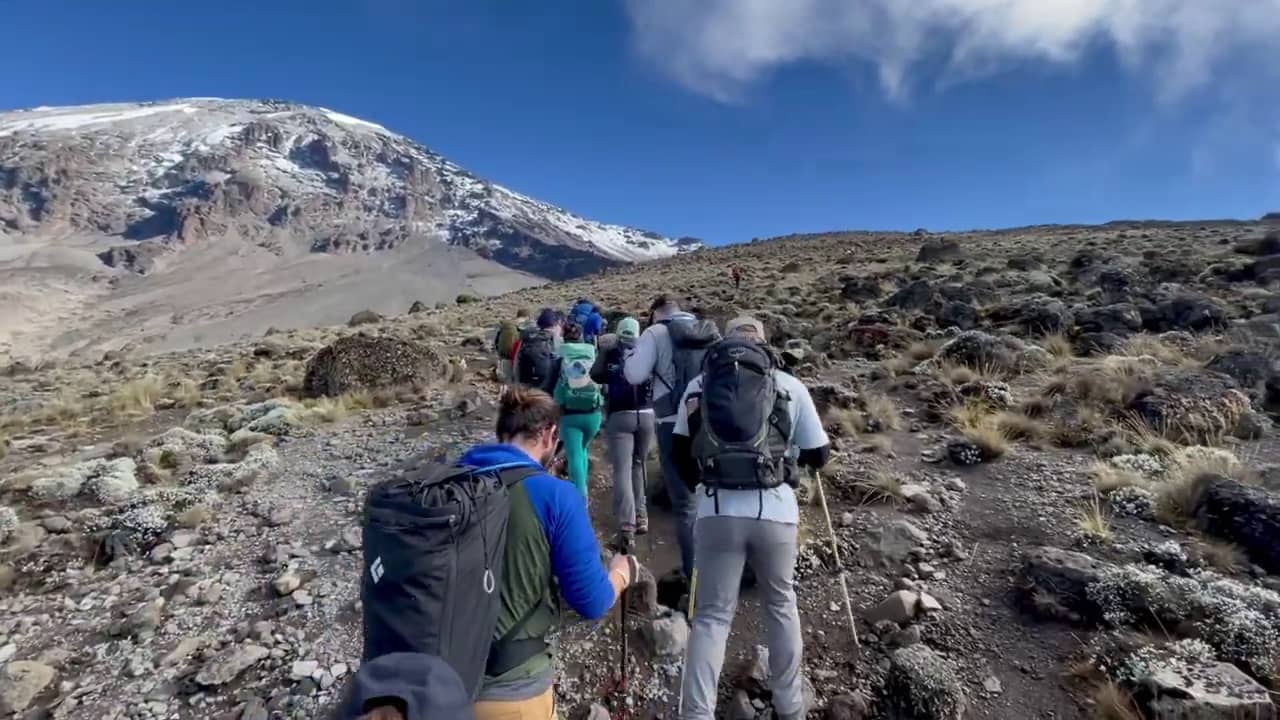
Altitude sickness, also known as acute mountain sickness (AMS), is a common condition that affects individuals ascending to high altitudes. It can be a significant concern for those planning to climb Mount Kilimanjaro, the highest peak in Africa. Altitude sickness occurs due to the decrease in oxygen levels and reduced air pressure at higher altitudes. In this article, we will explore whether it is possible to prevent altitude sickness completely while climbing Mount Kilimanjaro.
Understanding Altitude Sickness
Altitude sickness is a condition that affects individuals who ascend to altitudes above 8,000 feet (2,500 meters) too quickly. The lack of oxygen at higher altitudes can lead to various symptoms, including headaches, nausea, dizziness, fatigue, and shortness of breath. In severe cases, it can progress to high-altitude pulmonary edema (HAPE) or high-altitude cerebral edema (HACE), which can be life-threatening.
Factors Affecting Altitude Sickness
Several factors contribute to the likelihood and severity of altitude sickness. These factors include the rate of ascent, altitude gained, individual susceptibility, hydration levels, physical fitness, pre-existing medical conditions, and genetic predisposition. Understanding these factors is crucial for preventing altitude sickness while climbing Mount Kilimanjaro.
Acclimatization: Key to Prevention
The most effective way to prevent altitude sickness is through acclimatization. Acclimatization refers to the process of adapting to higher altitudes gradually. It allows the body to adjust to the decrease in oxygen levels and helps minimize the risk of altitude sickness. Adequate time for acclimatization is essential to ensure a safe and enjoyable climb.
Slow Ascent and Gradual Gain in Altitude
One of the fundamental principles of preventing altitude sickness is a slow ascent. Climbing Mount Kilimanjaro should be done gradually, allowing the body to acclimate to the altitude. It is recommended to choose longer routes that offer better acclimatization profiles. These routes provide additional time for the body to adjust, reducing the risk of altitude sickness.
Hydration and Proper Nutrition
Proper hydration and nutrition are essential for preventing altitude sickness. Staying well-hydrated helps the body adapt to higher altitudes more efficiently. It is recommended to drink plenty of water throughout the climb and avoid alcohol and caffeinated beverages, as they can contribute to dehydration. Additionally, maintaining a balanced diet with adequate calories is crucial for sustaining energy levels during the ascent.
Medications for Altitude Sickness
Certain medications can help prevent or alleviate symptoms of altitude sickness. Acetazolamide, commonly known as Diamox, is often prescribed for individuals ascending to high altitudes. It helps speed up the acclimatization process by stimulating breathing and reducing the risk of fluid accumulation in the lungs and brain. However, it is important to consult with a healthcare professional before taking any medications.
Natural Remedies and Supplements
Some natural remedies and supplements are believed to help prevent altitude sickness. Ginger, for example, is known for its anti-nausea properties and can be consumed as a tea or in capsule form. Ginkgo biloba and Rhodiola rosea are herbal supplements that may aid in acclimatization. However, it is important to note that scientific evidence for the effectiveness of these remedies is limited.
Training and Physical Fitness
Being physically fit and adequately trained before attempting to climb Mount Kilimanjaro can significantly reduce the risk of altitude sickness. Regular exercise, including cardiovascular and strength training, can improve overall fitness and enhance the body’s ability to cope with the physical demands of high-altitude climbing.
Recognizing Symptoms and Acting Accordingly
It is crucial to be aware of the symptoms of altitude sickness and take appropriate action when they arise. Common symptoms include headache, nausea, fatigue, dizziness, loss of appetite, and difficulty sleeping. If experiencing any of these symptoms, it is essential to communicate with the trekking team or guide and descend to a lower altitude if necessary.
Importance of a Professional Guide
Having a professional guide during the climb is highly recommended. A knowledgeable guide can assess your condition, provide guidance on acclimatization, and recognize early signs of altitude sickness. They are trained to handle emergency situations and can make informed decisions regarding your safety and well-being.
Oxygen Support at High Altitudes
In certain cases, supplemental oxygen can be used to prevent and treat altitude sickness. Portable oxygen systems are available and can provide relief to individuals experiencing severe symptoms. However, oxygen should not be considered a substitute for proper acclimatization and descent to lower altitudes when necessary.
Risk Factors and Individual Variations
It is important to acknowledge that everyone’s response to altitude varies. Some individuals may be more susceptible to altitude sickness due to genetic predisposition or pre-existing medical conditions. Factors such as age, previous experiences at high altitudes, and general health can also influence the risk of altitude sickness.
Pre-existing Medical Conditions
Individuals with pre-existing medical conditions should consult with their healthcare provider before attempting to climb Mount Kilimanjaro. Conditions such as heart disease, lung disease, high blood pressure, and anemia can increase the risk of altitude sickness. Medical guidance and appropriate precautions should be taken to ensure a safe climb.
Conclusion
While it is not possible to completely prevent altitude sickness while climbing Mount Kilimanjaro, there are effective measures to minimize the risk and severity of this condition. Proper acclimatization, slow ascent, hydration, nutrition, medications, natural remedies, physical fitness, and professional guidance play crucial roles in ensuring a safe and enjoyable climb. It is important to prioritize safety and listen to your body throughout the journey.
How long does it take to climb Mount Kilimanjaro?
The duration of the climb can vary depending on the route chosen. On average, it takes about 6-8 days to reach the summit and descend.
Can altitude sickness be fatal?
In severe cases, altitude sickness can lead to life-threatening conditions such as high-altitude pulmonary edema (HAPE) or high-altitude cerebral edema (HACE). Prompt descent and medical attention are crucial if these conditions occur.
Are there age restrictions for climbing Mount Kilimanjaro?
There is no strict age limit for climbing Mount Kilimanjaro, but individuals should be in good health and physically fit. It is advisable
Share:
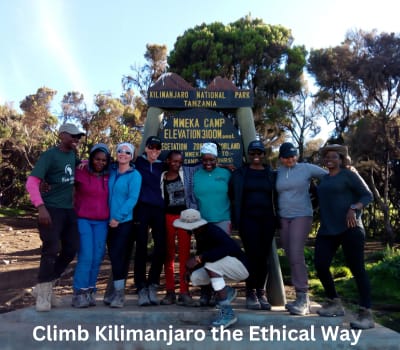
Social Media
Most Popular
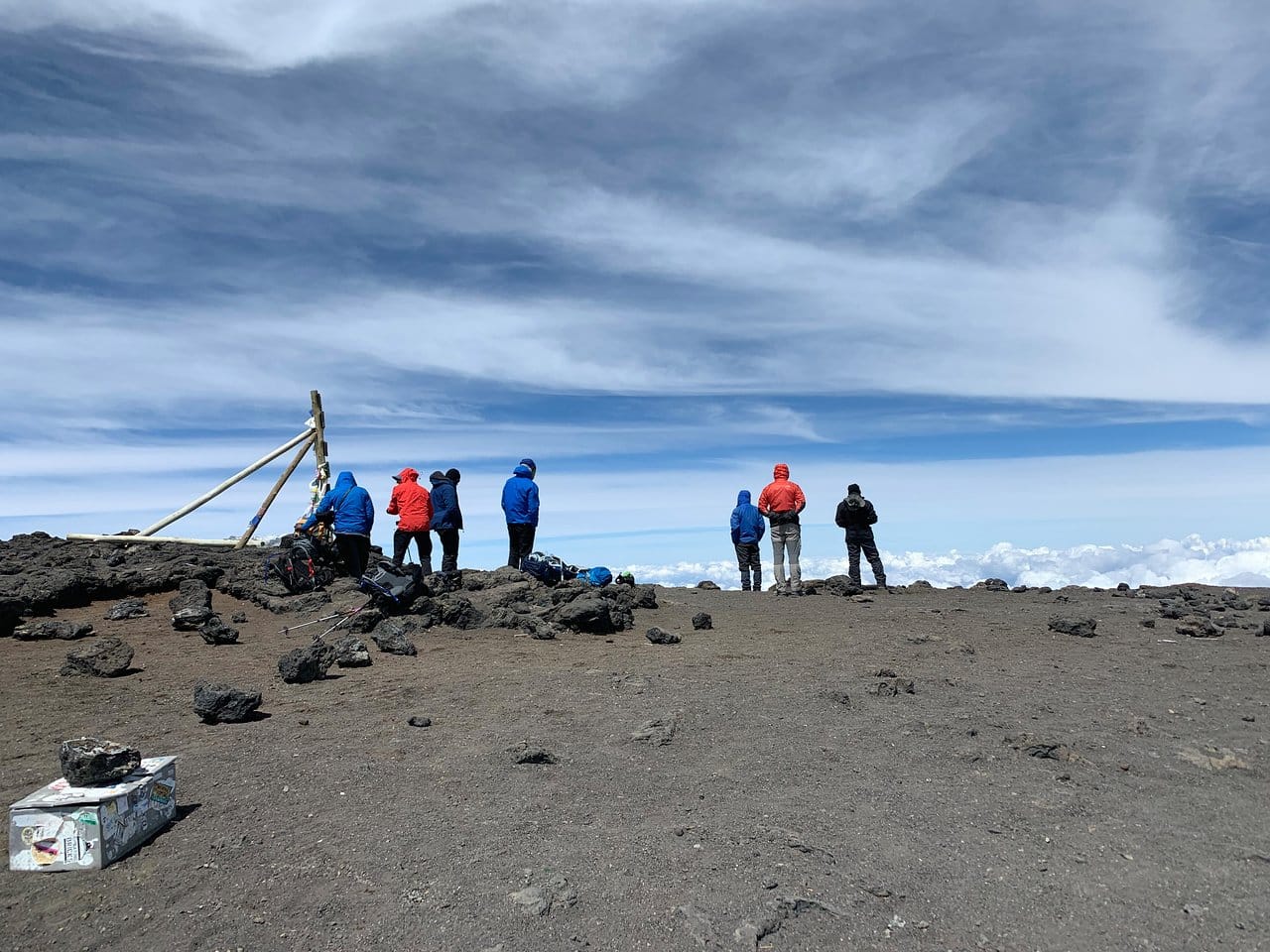
Can I Climb Kilimanjaro Without Guides and Porters

Adventure Things To Do in Tanzania
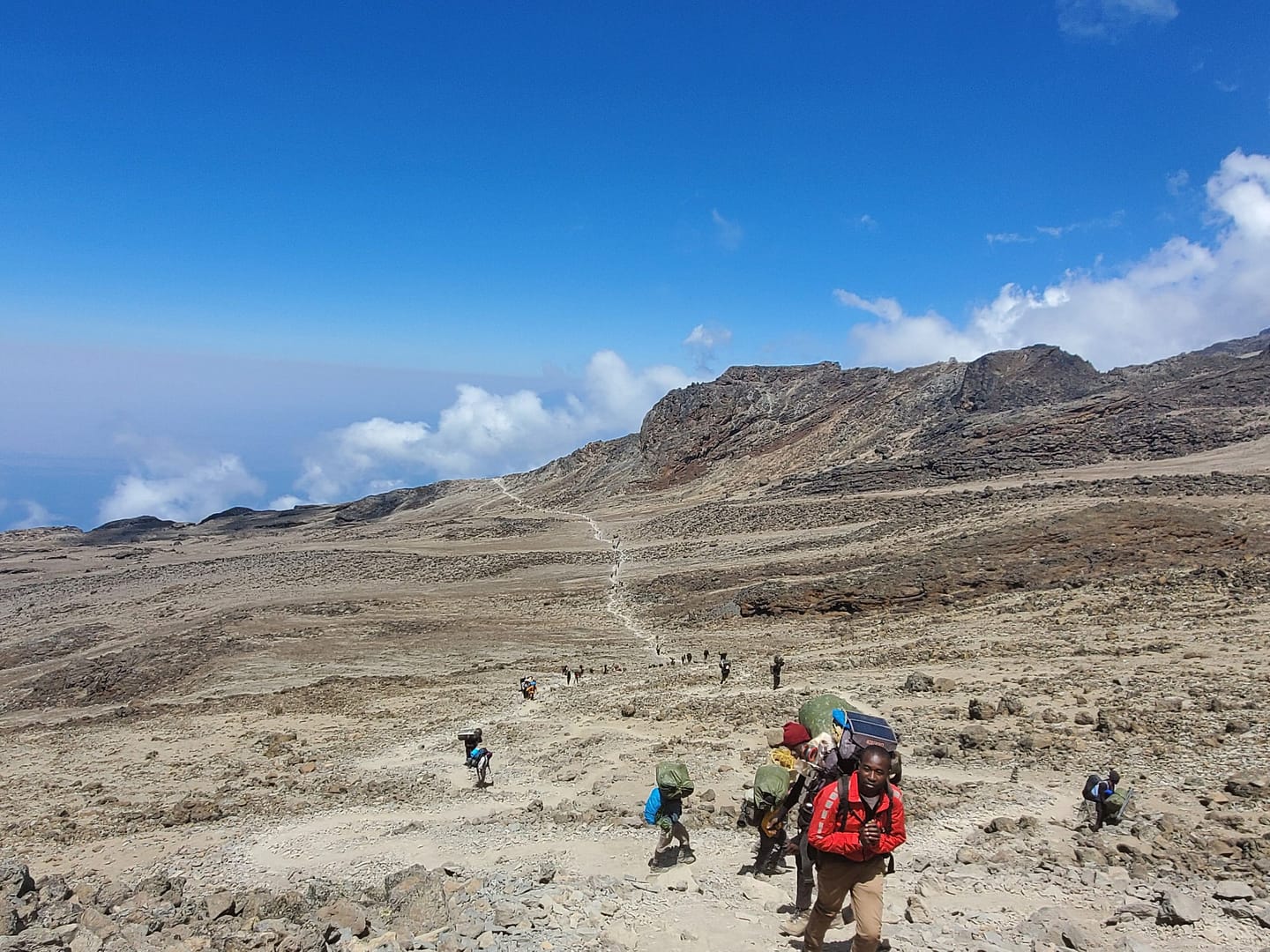
Can I Navigate Kilimanjaro’s Routes Without a Guide
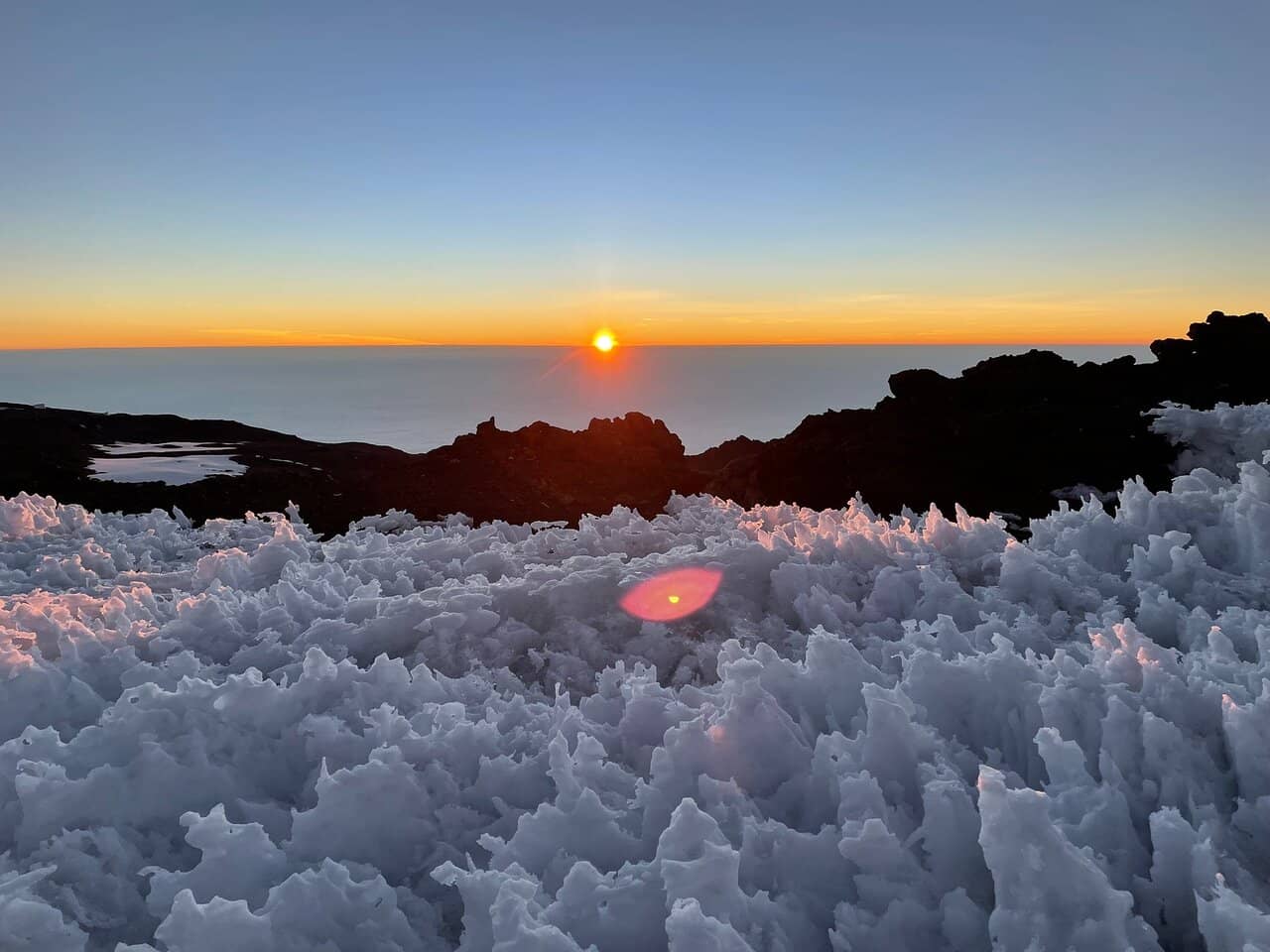
Can I Hire a Guide After Arriving in Tanzania
Book Your Sustainable Tour
Related Posts

Can I Climb Kilimanjaro Without Guides and Porters
Can I Climb Kilimanjaro Without Guides and Porters? Can I Climb Kilimanjaro Without Guides and Porters? Kilimanjaro, Africa’s highest peak, stands as a symbol of

Adventure Things To Do in Tanzania
Adventure Things To Do in Tanzania For those who crave adventure and seek heart-pounding thrills, Tanzania offers an exhilarating array of activities that will satisfy

Can I Navigate Kilimanjaro’s Routes Without a Guide
Can I Navigate Kilimanjaro’s Routes Without a Guide? Climbing Mount Kilimanjaro is an exciting and challenging adventure that attracts adventurers from around the world. One

Can I Hire a Guide After Arriving in Tanzania
Can I Hire a Guide After Arriving in Tanzania? If you’re planning a trip to Tanzania and considering hiring a guide for your adventures, you